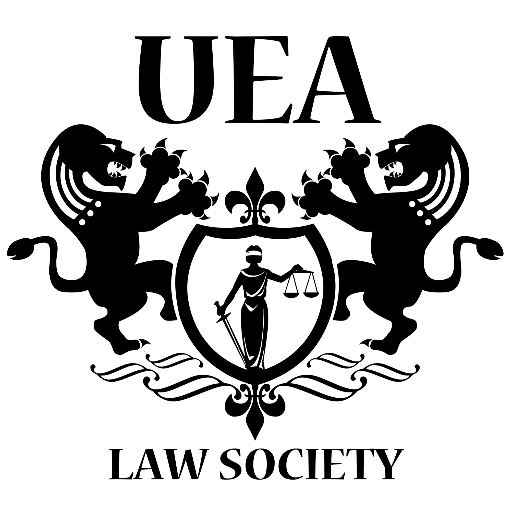
Interview with Maggie Berry, President of the UEA Law Society
July 6, 2020
How will Law Practice Change after the Pandemic?
July 7, 2020Dilara Devin explores how Browne Jacobson LLP and the University of Nottingham have collaborated to find out what makes a policy document more comprehensible and share these findings to improve practice. A specific focus was on insurance policy documents.
Context and Importance
Under the Consumer Rights Act 2015 consumer contracts are required to be expressed in plain and intelligible language. Importantly, awareness of terms gives the consumer the ability to make their choice and to engage with the trader. For insurers, clear policy wording is beneficial as it is easier to enforce, easier to sell and less likely to lead to regulatory difficulties.
As Kathy Conklin, Professor in Psycholinguistics at the University of Nottingham highlighted: “if legal documents are not written in plain English, then they may not be legally binding – or at least the parts that are not transparent will not be”.
Additionally, the Financial Conduct Authority (FCA) has released a directive for insurance firms to provide clearer and more transparent policy wording. For instance, businesses must follow the Treating Customers Fairly Consumer Outcomes which states that consumers must be provided with ‘clear information and kept appropriately informed’.
Research
An academic study was conducted with the University of Nottingham’s Linguistic Profiling for Professionals (LiPP) unit, commissioned by Browne Jacobson LLP. LiPP provides information on how public use and interpretation of language varies depending on educational background, literacy, age, gender, ethnicity and class.
The methods below were used to examine readability of numerous insurance policies:
- Eye-tracking technology helped in learning and understanding how people read such documents
- Pinpointing precisely where the eye focuses every 1/1000th of a second
- Identifying words and phrases that receive a significantly greater amount of attention than expected
- Identifying words that are skipped entirely by readers
- Usage of 7 readability metrics to assess reading difficulty
- Conducting comprehension surveys for the readers
- Readers were posed with a variety of hypothetical situations and asked whether the policy provided cover
- Policies were rewritten alongside Browne Jacobson LLP with repeated testing and analysis
Outcome and Impact
This study revealed that the language used in insurance policies remain incoherent to the vast majority of the UK adult population, approximately 87%. One shocking result was that all of the tested policies had sections which required readers to have at least A-level education to be easily read. Meanwhile, the hypothetical situations tests revealed that readers find it difficult to understand what is covered, comprehension ranging from the lowest policy readability of 32% and highest 66%. Additionally, an overuse of uncommon words has proven to further limit readability. These are referred to as low-frequency words which readers would not expect to come across regularly in everyday life.
Some simple alterations such as reducing words which took longer to understand, restructuring complex sentences and defining uncommon words proved to be highly effective in increasing readability of policies. By applying key drafting principles, it was found that the percentage of the UK adult population that could meaningfully understand these policies increased by 75.6%, that is from 13.4% to 89%. Ultimately, the reading age via certain methods was able to be reduced to the level of a Year 8 pupil (12-13 year olds) whilst also maintaining the same scope of cover, legal effectiveness and contract certainty.
Benefits for Browne Jacobson
Tim Johnson, Partner at Browne Jacobson LLP stated that this work “has had a transformational impact on the drafting services we offer our clients”. In fact, following the report of this study, the firm received calls from insurers seeking more information concerning the wording of their policies. Resultantly, the firm has advised over 25 insurers and managing general agents on such matters.
Moreover, taking what they have learnt on board, Browne Jacobson LLP conducted one-on-one briefings with existing clients, seminars with key industry participants and presenting these findings to a roundtable of industry participants.
Due to such success, the firm has signed a terms of engagement paper with the University of Nottingham agreeing that Browne Jacobson LLP is able to offer the University’s linguistic services directly to its clients.
Broader Trend
There has been a new growing trend of legal designers as a career option. Legal design is the application of human-centred design to law in order to make legal systems and services more usable and engaging.
This method offers an opportunity in designing outcomes which align more with what users want, one example of which is the communication of information in a meaningful way.
Therefore, with a growing encouragement for policy documents to be more comprehensive for readers, alongside studies mentioned above and the emergence of legal designers, there appears to be a positive transformation in the legal industry.
Dilara Devin, The Student Lawyer





